Tree Management
If a tree is in a dangerous condition and is an immediate and real risk to people or property please telephone 01233 331111 (including out of hours).
Tree management in Ashford
Most trees in public ownership are owned either by Ashford Borough Council or by Kent Highways. In some areas, trees may also be owned by Parish Councils.
Generally, if a tree is in a footway, shrub or grassed area immediately next to a road, it is likely that the tree will be owned by Kent Highways.
Problems or faults may be reported by telephoning the call centre on 03000 41 81 81 or by filling out the online report a problem form.
If a tree is located in a grassed or shrub area within a park or housing development it is likely to be the responsibility of Ashford Borough Council.
If you wish to make a report or an enquiry regarding an Ashford Borough Council tree please complete a tree report/enquiry form.
Tree Risk Management and Maintenance Policy
The council has adopted a tree risk management and maintenance policy [pdf] 1640KB which outlines its approach to risk management for trees on council owned land. The policy outlines how the council manages its responsibilities as a landowner to ensure that people and property on or near council owned open spaces are not exposed to undue risks from council owned trees.
The policy also outlines how the council will deal with enquiries, faults and reports relating to council owned trees. If you have a complaint about a tree that is not deemed dangerous and/or is an immediate risk to people or property, please use the following table as a general guide as to what we may or may not be able to help you with.
|
Complaint |
Response |
|---|---|
|
Tree is in a dangerous condition and is immediate and real risk to people or property, e.g. branches or whole tree liable to fall |
This is urgent. Please telephone 01233 331111 (including out of hours).
|
|
Tree branches overhanging property |
The council will not cut back trees or branches overhanging property unless they are dangerous. You have a common law right to cut the vegetation back to your boundary. If the tree is in a conservation area or subject to a Tree Protection Order this work must be authorised. |
|
Tree is too tall and may fall |
Trees are not necessarily dangerous because they have grown tall. Trees will only be pruned back where there is a clear risk to safety or property. Any trees reported as dangerous will be inspected and action taken accordingly. |
|
Tree is dropping blossom, flowers, fruits, seeds or leaves |
The council will not carry out work on trees to prevent them from dropping naturally occurring items. These are a seasonal inconvenience which a reasonable person would be expected to accept. The council’s contractors will remove these items from paths and the highway, but not from private property |
|
Tree is dropping honeydew or sap |
This is a seasonal problem caused by aphids which are almost impossible to remove. Pruning is likely to exacerbate the problem in the long run as new growth would be more prone to aphid infestation. |
|
There are insects or pests in the tree |
Bees are a protected species and no action can be taken to control bees. The council’s contractor will assess the practicality of removing a wasp nest when it is reported. Other pests such as brown tailed moths cannot be removed from a mature tree practically. However, this will be assessed when reported. |
|
Tree is affecting my television signal |
The council will not carry out work on trees to improve television reception. The satellite dish or aerial could be repositioned and you could seek assistance from your television provider or aerial specialist. |
|
Birds’ nests and bird droppings |
The Council will not fell or prune trees to prevent birds from nesting or bird droppings. Birds and their eggs and nests are protected by the Wildlife and Countryside Act. |
|
Tree is blocking light or causing shade |
The council will not prune or fell trees that are blocking direct sunlight or causing shade. There is no right to direct sunlight, only daylight. The council may take action where the loss of light is substantial or there is an impact on a resident’s livelihood. |
|
Tree is blocking or spoiling my view |
The council will not prune or fell a tree to improve a view from a property. |
|
Tree or tree branch is touching my building |
This may be a nuisance. If a tree is causing damage to a property or is likely to in the near future the council will take action to prune back or to remove the tree as soon as it is reasonably possible to do so. |
|
Subsidence claims relating to trees |
This may be a nuisance. If you suspect that a council owned tree is causing subsidence damage to your property, please report this to us so that it can be investigated. You will also need to notify your insurer as evidence will be required that a council owned tree is to blame before any action is taken. The council will take advice from a suitably competent person on the best course of action. |
|
Tree roots in residential property |
This may be a nuisance. The council will not prune roots or fell a tree because of roots in a neighbouring property. You have a common law right to prune roots back to your boundary providing it doesn’t affect the safety or health of the tree. Please report this matter so the council can advise on a suitable specification for the works. If the roots of a council owned tree have caused damage to your property, please report this so it can be investigated. You will also need to notify your insurer as evidence will be required that a council owned tree is responsible before any action is taken. |
Ash Dieback
Ashford Borough Council are committed to supporting agencies and partners in the response to this disease. Defra and the Forestry Commission have led on the response to Ash Dieback and a link to the DEFRA action plan may be found on the Ash Tree dieback management plan.
Further information regarding Ash Dieback may be found on the Forestry Commission website, including what to do if you suspect a case of the disease and examples of the signs providing advice that are being posted on council-owned woodlands.
A summary of the current best practices for managing Chalara Ash Dieback in Kent is available to download Ash Dieback Kent Guidance [pdf] 478KB.
Tree protection
These webpages will help you understand the basic legislation and procedures relating to trees covered by Tree Preservation Orders or those which are Trees in Conservation Areas.
Other tree related information is also available on our Woodlands in the Borough page.






